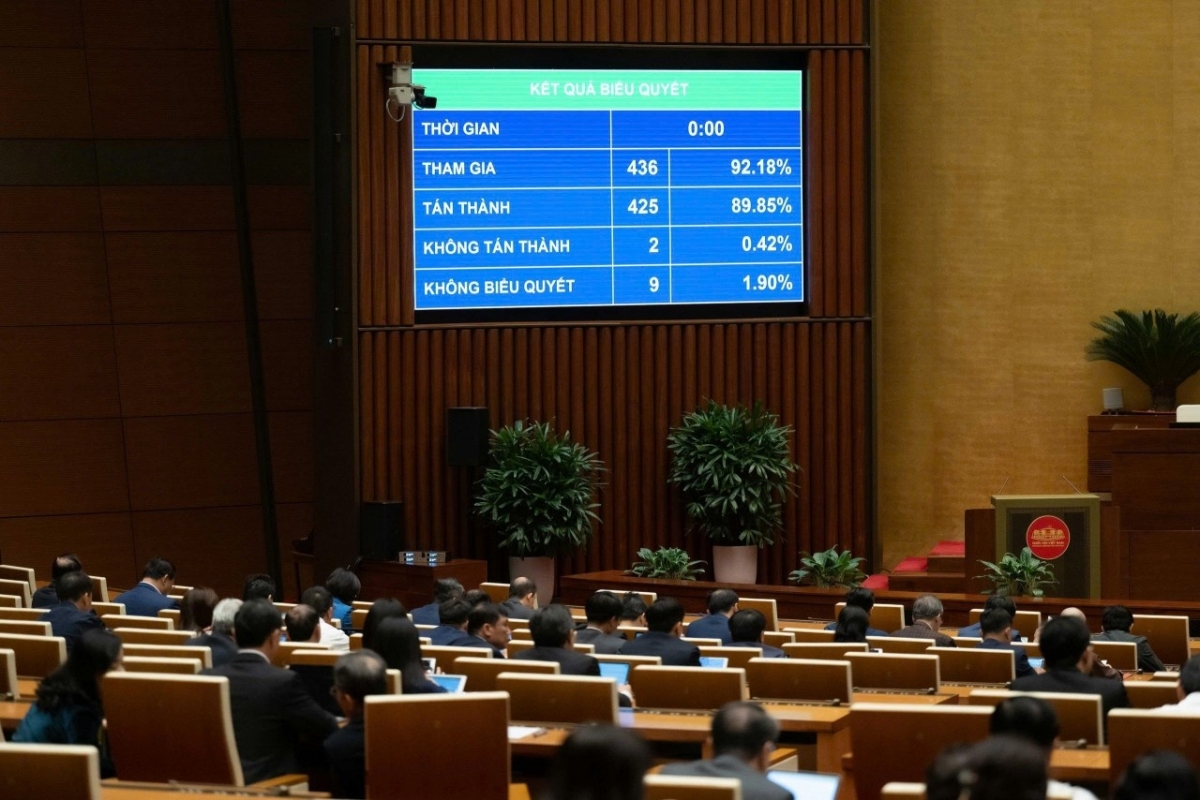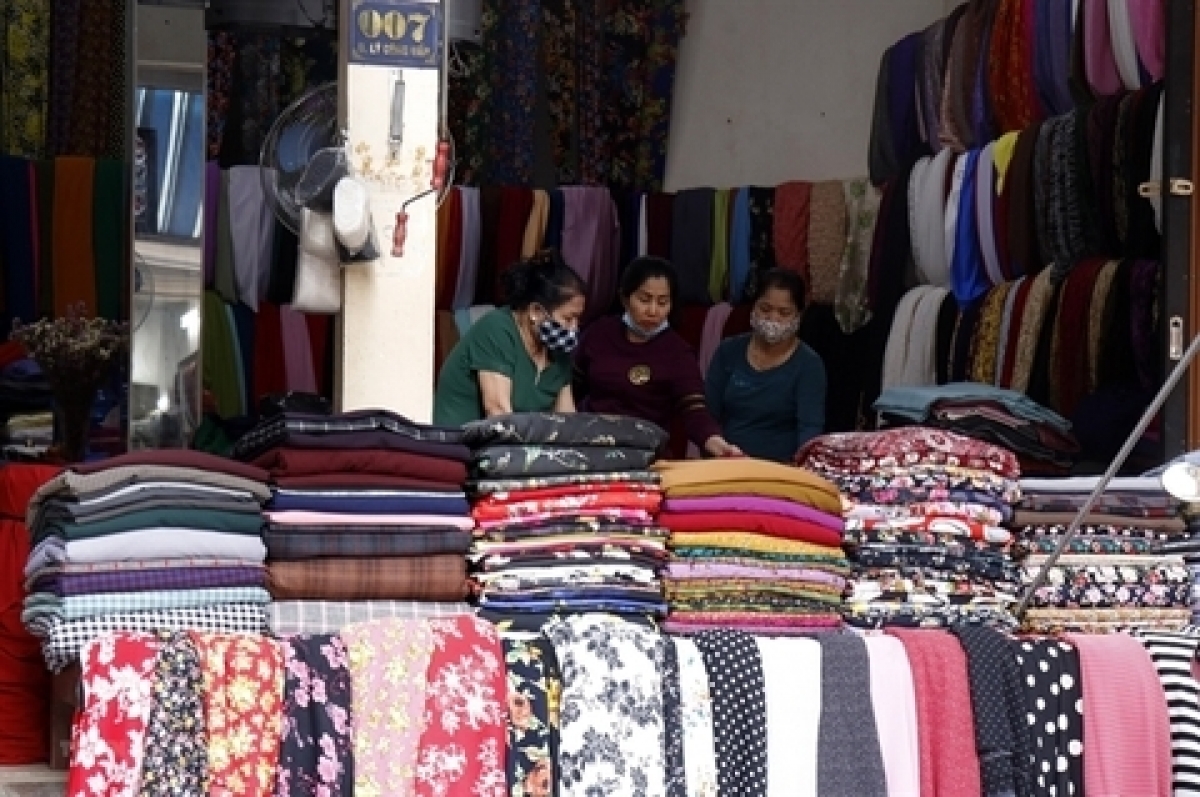INTERNATIONAL INVESTMENT
AND PORTAL
 Overtime limits in neighbouring countries are currently much more flexible than in Vietnam, Le Toan
Overtime limits in neighbouring countries are currently much more flexible than in Vietnam, Le Toan
The National Assembly Standing Committee last week finally adopted a draft resolution on the overtime limit after carefully considering proposals from the Ministry of Labour, Invalids and Social Affairs (MoLISA). The decision takes effect from April 1 and will stay in effect at least until the end of the year.
The decision increases the annual cap for overtime from 200 hours to 300 hours for almost all sectors. Regarding the monthly overtime cap, it was decided to increase the monthly overtime cap of a worker from 40 to 60 hours instead of 72 hours as per a previous proposal.
It is hoped that the move will not only help companies resolve labour shortages and recover operations, but also improve employees’ income.
Doan Ngoan, a representative of Nomura Thanh Hoa Garment Co., Ltd., told VIR, “In my observation, a lot of exporters, especially in garments and textiles, are forced to violate the regulation on overtime limits to meet the orders from foreign partners. And they have to use tricks to circumvent their commitments on the overtime cap with international partners – which issue strict requirements on labour safety and welfare policy for employees.”
Extending the working hours has been an urgent demand from enterprises. During past years, foreign business associations from Japan, South Korea, and Europe have consecutively asked the MoLISA to raise the overtime cap. But their proposals had always been rejected by the ministry, citing the safeguarding of workers’ health.
According to South Korean-invested electronic components and parts manufacturer Goertek Technology Vina Co., Ltd, the company is the production hub of 32,000 employees and it is using 300 added working hours, which is the maximum overtime cap for a few sectors regulated in the existing Labour Code.
Zhang Jian Hua, deputy general director of Goertek, said that the existing overtime cap is still not enough for the company, especially during the peak manufacturing season. Thus, the company expects to adjust the overtime limit to 500 hours per year.
“Working overtime is a factor that improves the employees’ incomes. Almost all employees of the company are young people and they are willing to work more hours. Thus, without offering the overtime policy, the company will face difficulty recruiting labourers,” he said.
Hong Sun, vice chairman of the Korea Chamber of Commerce in Vietnam, said that the adjustment to the overtime cap to 300 hours per year would help enterprises to have more time for production and raise their competitiveness.
However, the Japanese Chamber of Commerce and Industry in Vietnam (JCCI) has also mentioned that the regulation in special cases is shorter than the usual 360 hours in Japan. It decreases the flexibility of companies’ operations in Vietnam and leads them to be less internationally competitive.
“There should be more than 300 hours in Vietnam. In a number of special cases, the statutory limit on overtime would be increased to 400-500 hours arranged on a volunteer, not a compulsory basis,” the JCCI noted, adding that its proposals were built after collecting opinions from numerous Japanese enterprises including Canon, Panasonic, Toyota, and Denso.
The statement leads weight to the idea that Vietnam’s competitive advantage may be lowered in the context that the overtime cap in the country is much lower than figures of other ASEAN neighbours.
While Vietnamese regulations set a limit of 200 hours per year, the figure is over 1,800 hours in Thailand, nearly 1,250 hours in Malaysia, over 1,220 hours in the Philippines, and just over 700 hours in Indonesia.
There are numerous countries in between Vietnam and its ASEAN counterparts, including China at 425 hours, Bangladesh at 410 hours, and India with 300 hours. In South Korea, the number of recognised overtime working hours is about 600 hours per year, equalling 12 hours per week.
“The large gap in overtime will impact the competitiveness of the Vietnamese labour market compared to other countries,” added the JCCI.
However, Ngoan from Nomura Thanh Hoa Garment insisted that the increase in working hours could still have influence on the decisions of foreign investors in Vietnam. “Foreign investors will consider numerous factors including labour costs and productivity. The adjustment will help them to remove part of the burden and be more satisfied with the country’s investment environment,” he said.



















